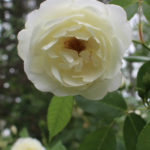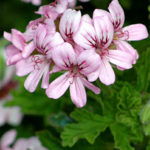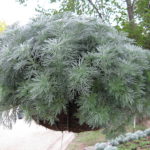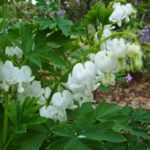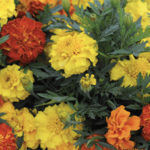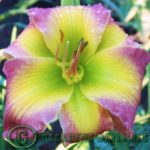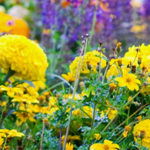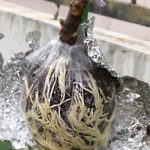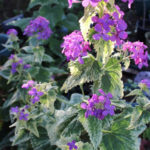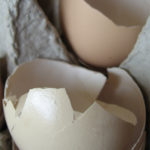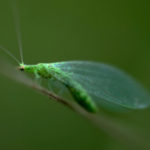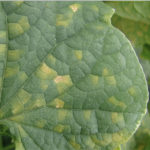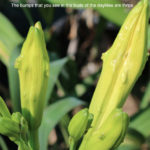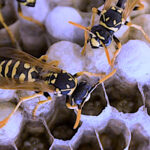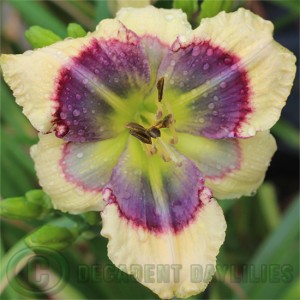
Caring For Daylilies All Year Long
Caring For Daylilies All Year Long
Growing and caring for daylilies in your garden – here are the guidelines for caring for daylilies in all seasons of every year.
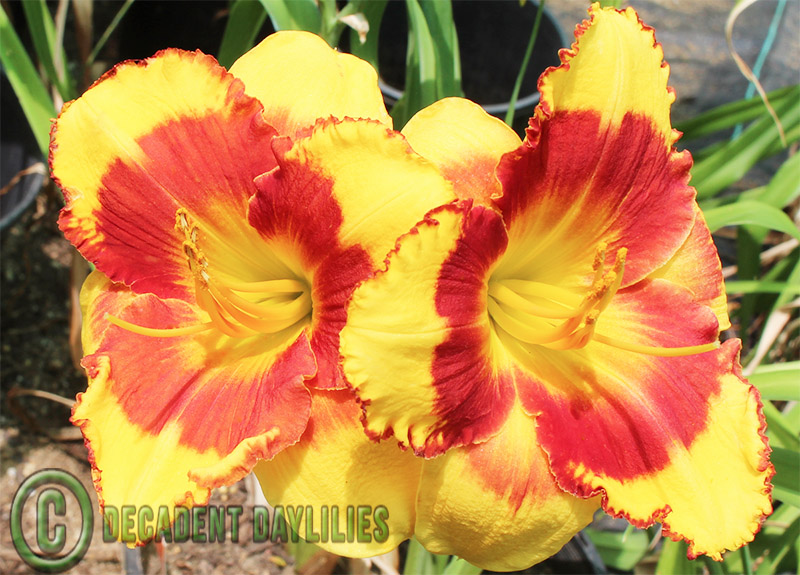
Caring for Daylilies During Spring
Daylilies get affected by a disorder called spring sickness, which mainly appears in early spring, soon after the leaves start to emerge after the winter season. The plant will develop distorted leaves with ragged brown edges. Sometimes the problem may be mild and the leaves will straighten up and grow as normal after some time. In severe conditions, the scapes cannot emerge through the damaged leaves. The exact cause of this condition is not known.
Another problem to care for during spring is daylily scape blasting which is sudden splitting or cracking of the scapes in the middle.
This may occur as a result of excessive watering following a drought period or due to extreme temperature changes or due to excess application of fertilisers.
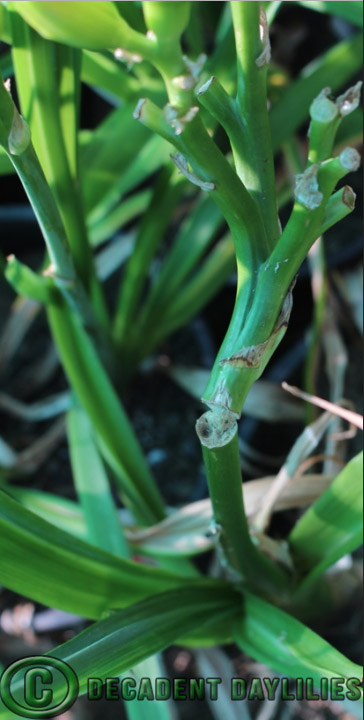
- Scape blasting can be prevented if you water the plants moderately during the drought and fertilising the plant only when the soil has enough water.
- Adding fresh compost or nitrogen fertiliser to the soil just before the scapes start to emerge in spring can also prevent the problem.
- Watering the plants well will help in producing large blooms and good re-blooms in autumn season.
- Pests like aphids and thrips can also damage your daylily plants. Care should be given to spray or remove the aphids off the daylilies. Spraying water with high pressure can reduce the attack of aphids and thrips or using organic all purpose insecticides.
- Spraying Epsom salt solution on the plants once in six months is effective.
- You can also use insecticidal soap sprays to control these pests.
- Weeding all areas surrounding the daylilies so that the weeds do not shade the daylily plants.
Care for daylilies after they bloom, it is necessary to deadhead daylilies after flowering if you want to improve the plants appearance but it does not improve re-blooming. Removing the dead flowers and seed pods makes the daylily use the resources to produce more good flowers the following year. Deadheading also controls diseases and pests and prevents any chance of self seeding. Adding a liberal quantity of manure and compost in early spring provides complete organic fertiliser for the growth of the plant.
Caring for Daylilies During Autumn
The caring procedure for autumn or fall should include trimming the outside leaves of the daylily plants a few inches above the soil when the foliage turns yellow. Remove the dead leaves and flowers talks to prevent insect attacks. Trimming the plant in late autumn keeps the plant healthy and keeps the garden bed clean in the winter season. This is the time for Daylily rust when the weather temperatures are mild and with the autumn rains force the humidity up from early hours of the morning till the evenings. The best way to care for the daylily with rust on the leaves is by treating the daylily rust.
Caring for Daylilies During Winter
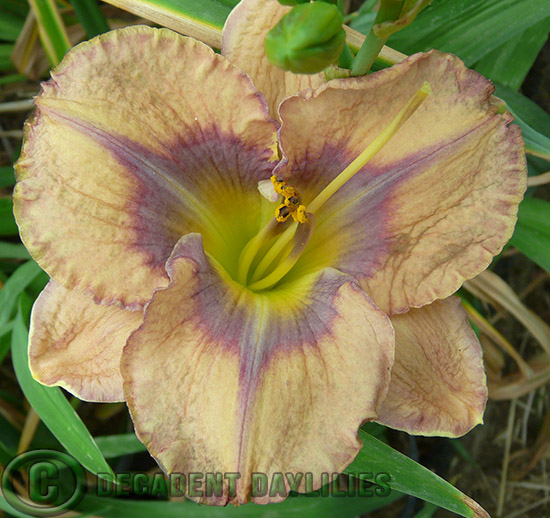 When the top growth of the daylilies dies down, cover the plants with mulch. A thick cane or pine bark mulch cover should be at least 1-2 inch thick. Mulching will help to control the temperature and will also provide the necessary nutrients for the next growing season.
When the top growth of the daylilies dies down, cover the plants with mulch. A thick cane or pine bark mulch cover should be at least 1-2 inch thick. Mulching will help to control the temperature and will also provide the necessary nutrients for the next growing season.
Caring for Daylilies During Summer Harsh Conditions
In summer season, you have to watch out for crown rot and root rots in daylilies. This is more prevalent at the end of summer early autumn when the hot weather is just too much for the daylilies. This can be a bad time to transplant daylilies as the daylilies are still stressed from the blistering hot days of summer. Rotting causes poor growth, yellowing of leaves and wilting of plants, you can use a mild solution of household bleach or fungicides to try and save your rotting plant.
Caring for Daylilies is normally easy care – lets hope you don’t experience all these diseases or problems at once and that your daylilies continue to be one of the most popular flowers in your garden even if you are growing daylilies in pots.


